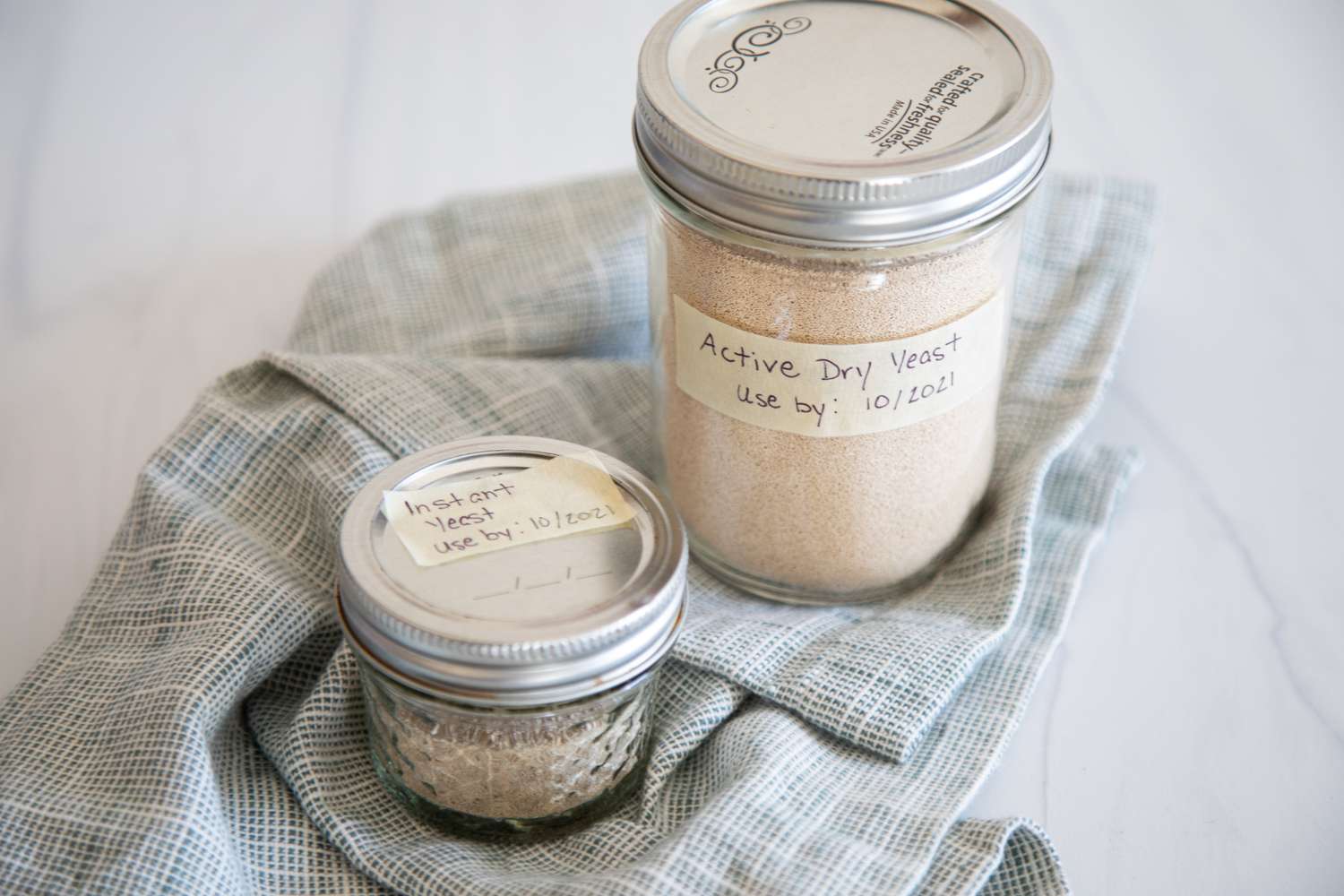

Articles
How To Store Active Dry Yeast
Modified: December 7, 2023
Learn the best methods for storing active dry yeast in this informative articles. Ensure your yeast remains fresh and potent for all your baking needs.
(Many of the links in this article redirect to a specific reviewed product. Your purchase of these products through affiliate links helps to generate commission for Storables.com, at no extra cost. Learn more)
Introduction
Active dry yeast is a staple ingredient in many baked goods, from bread to pastries. It is a living organism that needs proper care and storage to ensure its viability and effectiveness. By understanding how to store active dry yeast correctly, you can prolong its shelf life and maintain its potency, resulting in better baking results every time.
In this article, we will explore the importance of proper storage for active dry yeast and provide you with valuable tips and guidelines to help you effectively store this essential baking ingredient.
Key Takeaways:
- Proper storage of active dry yeast is crucial for maintaining its viability and effectiveness. By choosing the right container, maintaining the ideal temperature, and avoiding moisture exposure, you can ensure consistent and reliable baking results.
- Monitoring the shelf life and implementing tips for prolonged storage can help maximize the shelf life of active dry yeast. By dividing it into smaller portions, vacuum sealing, and rotating stock, you can continue to enjoy its effectiveness in your baking endeavors.
Read more: How To Store Dry Yeast
Understanding Active Dry Yeast
Before we delve into the art of storing active dry yeast, let’s take a moment to understand what it is. Active dry yeast is a type of yeast that is commonly used in baking. It is made up of living organisms, specifically Saccharomyces cerevisiae, which consume sugar and produce carbon dioxide gas through fermentation.
When active dry yeast is added to dough or batter, it activates and causes the dough to rise, resulting in light and fluffy baked goods. Unlike other types of yeast, such as instant yeast or fresh yeast, active dry yeast needs to be rehydrated in warm water before it can be added to the recipe.
Active dry yeast is typically available in packages or sachets, with each containing a predetermined amount of yeast. This makes it convenient to use and store, as you only need to use what is required for your recipe, keeping the rest for future use.
Now that you have a basic understanding of active dry yeast, let’s move on to the importance of proper storage.
Importance of Proper Storage
Proper storage of active dry yeast is crucial for maintaining its viability and effectiveness. If not stored correctly, the yeast can lose its potency, resulting in poor fermentation and flat, dense baked goods. Here are a few reasons why proper storage is essential:
- Preserving Yeast Activity: Active dry yeast is a living organism, and its activity can be affected by external factors such as temperature, moisture, and exposure to air. By storing it properly, you can maintain its activity and ensure that it works as intended in your recipes.
- Cost-Effectiveness: Active dry yeast is a common ingredient in baking, and buying it in bulk or larger quantities is often more cost-effective. Proper storage allows you to keep the yeast fresh and usable for an extended period, maximizing your investment.
- Consistent Baking Results: When yeast is stored correctly, it retains its potency, resulting in consistent and reliable fermentation. This translates to consistently light, fluffy, and well-risen baked goods.
With the understanding of why proper storage is important, let’s move on to the specifics of how to store active dry yeast.
Choosing the Right Container
When it comes to storing active dry yeast, choosing the right container is essential for maintaining its freshness and potency. Here are a few factors to consider:
- Airtightness: The container should be airtight to prevent any air or moisture from seeping in. Exposure to air and moisture can degrade the yeast and reduce its effectiveness.
- Material: Opt for a container made of glass or food-grade plastic. Avoid containers made of metal, as they can react with the yeast and affect its quality.
- Size: Choose a container that is not too big for the amount of yeast you intend to store. A smaller container will minimize the amount of air space inside, reducing the risk of moisture buildup.
It’s also a good idea to label the container with the date of purchase or the expiration date of the yeast to keep track of its freshness.
Now that you have the right container, let’s move on to the next factor in proper yeast storage: temperature.
Maintaining the Ideal Temperature
The temperature at which you store active dry yeast plays a crucial role in preserving its viability and effectiveness. Here’s what you need to know about maintaining the ideal temperature:
- Cool and Dry: Active dry yeast should be stored in a cool, dry place. A temperature range of 36°F to 46°F (2°C to 8°C) is ideal. Avoid storing it in areas exposed to direct sunlight or near sources of heat, such as the stove or oven.
- Freezer Storage: If you want to extend the shelf life of active dry yeast, you can store it in the freezer. Transfer the yeast to an airtight container or freezer bag to protect it from moisture and freezer burn. When you’re ready to use it, let it thaw in the fridge before bringing it to room temperature.
It’s important to note that freezing active dry yeast can slightly reduce its activity, so you may need to use a slightly higher amount in your recipes to compensate.
Now that you know how to maintain the ideal temperature, let’s move on to the next factor in proper yeast storage: avoiding moisture exposure.
Store active dry yeast in an airtight container in the refrigerator or freezer to extend its shelf life. Make sure the container is moisture-free to maintain the yeast’s effectiveness.
Read more: How To Store Dry Yeast Long Term
Avoiding Moisture Exposure
Moisture is the enemy when it comes to storing active dry yeast. Exposure to moisture can cause the yeast to lose its potency and become less effective. Here are some essential tips for avoiding moisture exposure:
- Store in a Dry Environment: Choose a storage location that is dry and free from any moisture sources. Avoid storing the yeast near the sink or any other area where water is frequently used.
- Avoid Condensation: Condensation can occur when the temperature fluctuates, causing moisture to form inside the container. To prevent this, avoid opening the container unnecessarily and make sure the yeast has fully come to room temperature before opening it.
- Absorb Moisture: You can add moisture-absorbing packets or silica gel packs to the container to help absorb any excess moisture.
Remember, even a small amount of moisture can adversely affect the yeast’s potency, so it’s crucial to be proactive in preventing moisture exposure.
Now that you know how to protect the yeast from moisture, let’s move on to ensuring good air circulation during storage.
Ensuring Good Air Circulation
Proper air circulation is necessary to maintain the quality of active dry yeast during storage. Here are some tips to ensure good air circulation:
- Avoid Over-Packing: Don’t overcrowd the container with too much yeast. Leave some space to allow for proper air circulation.
- Don’t Stack Containers: If you need to store multiple containers of yeast, avoid stacking them on top of each other. Stacking can restrict airflow and lead to moisture buildup.
- Occasional Ventilation: Periodically open the container and give it a gentle shake to allow fresh air to circulate. This simple action can help prevent any stale air from accumulating inside.
By ensuring good air circulation, you can maintain the quality and effectiveness of the yeast during storage.
Now that you know how to ensure good air circulation, let’s move on to the importance of monitoring the shelf life of active dry yeast.
Monitoring Shelf Life
Active dry yeast has a limited shelf life, and it’s important to monitor its freshness to ensure optimal baking results. Here are a few ways to monitor the shelf life of active dry yeast:
- Check the Expiration Date: When you purchase active dry yeast, take note of the expiration date on the packaging. Be sure to use the yeast before this date for the best results.
- Perform a Proofing Test: If you’re unsure about the viability of your yeast, you can perform a proofing test. Dissolve a small amount of yeast in warm water with a pinch of sugar and let it sit for 5-10 minutes. If the mixture becomes bubbly and frothy, the yeast is still active and usable.
- Consider Storage Time: Active dry yeast is at its best within 6 months to a year from the date of purchase. Gradually, its effectiveness can reduce, leading to slower fermentation. It’s a good practice to note the date of purchase on the container to keep track of its storage time.
Regularly monitoring the shelf life of your active dry yeast ensures that you’re using it at its peak activity, resulting in the best possible baking results.
Now that you know how to monitor the shelf life of active dry yeast, let’s move on to some tips for prolonged storage.
Tips for Prolonged Storage
If you want to extend the shelf life of your active dry yeast even further, here are some additional tips for prolonged storage:
- Divide into Smaller Portions: If you buy a large quantity of active dry yeast, consider dividing it into smaller portions before storing. This way, you can open and use one portion at a time, keeping the rest sealed and protected.
- Vacuum Sealing: Vacuum sealing is an excellent method for preserving the freshness of active dry yeast. By removing all the air from the package, you can prevent moisture and oxygen from degrading the yeast.
- Keep Away from Strong Odors: Active dry yeast can absorb strong odors, so it’s important to store it away from spices, onions, garlic, or any other strong-smelling ingredients.
- Rotate Stock: If you frequently use active dry yeast, make a habit of rotating your stock. Use the older yeast first and replenish with fresh yeast to ensure you always have the freshest batch on hand.
By following these tips, you can maximize the shelf life of your active dry yeast and continue to enjoy its effectiveness in your baking endeavors.
Now that we’ve covered all the essential tips for storing active dry yeast, let’s conclude our article.
Read more: How To Store Yeast
Conclusion
Proper storage of active dry yeast is vital for maintaining its viability and ensuring successful baking results. By following the guidelines and tips outlined in this article, you can prolong the shelf life of your yeast and preserve its potency.
Remember to choose the right container, such as an airtight glass or food-grade plastic container, and store it in a cool, dry place with good air circulation. Avoid moisture exposure by keeping it away from water sources and using moisture-absorbing packets if necessary.
Maintain the ideal temperature by storing it in a cool environment, and consider freezing it for extended storage periods. Monitor the shelf life by checking the expiration date, performing a proofing test, and keeping track of the storage time.
By implementing these storage practices and taking care of your active dry yeast, you can consistently achieve light, fluffy, and delicious baked goods with maximum rising potential.
So, the next time you’re preparing to bake, make sure you store your active dry yeast correctly, and enjoy the fantastic results it brings to your homemade creations.
Happy baking!
Frequently Asked Questions about How To Store Active Dry Yeast
Was this page helpful?
At Storables.com, we guarantee accurate and reliable information. Our content, validated by Expert Board Contributors, is crafted following stringent Editorial Policies. We're committed to providing you with well-researched, expert-backed insights for all your informational needs.
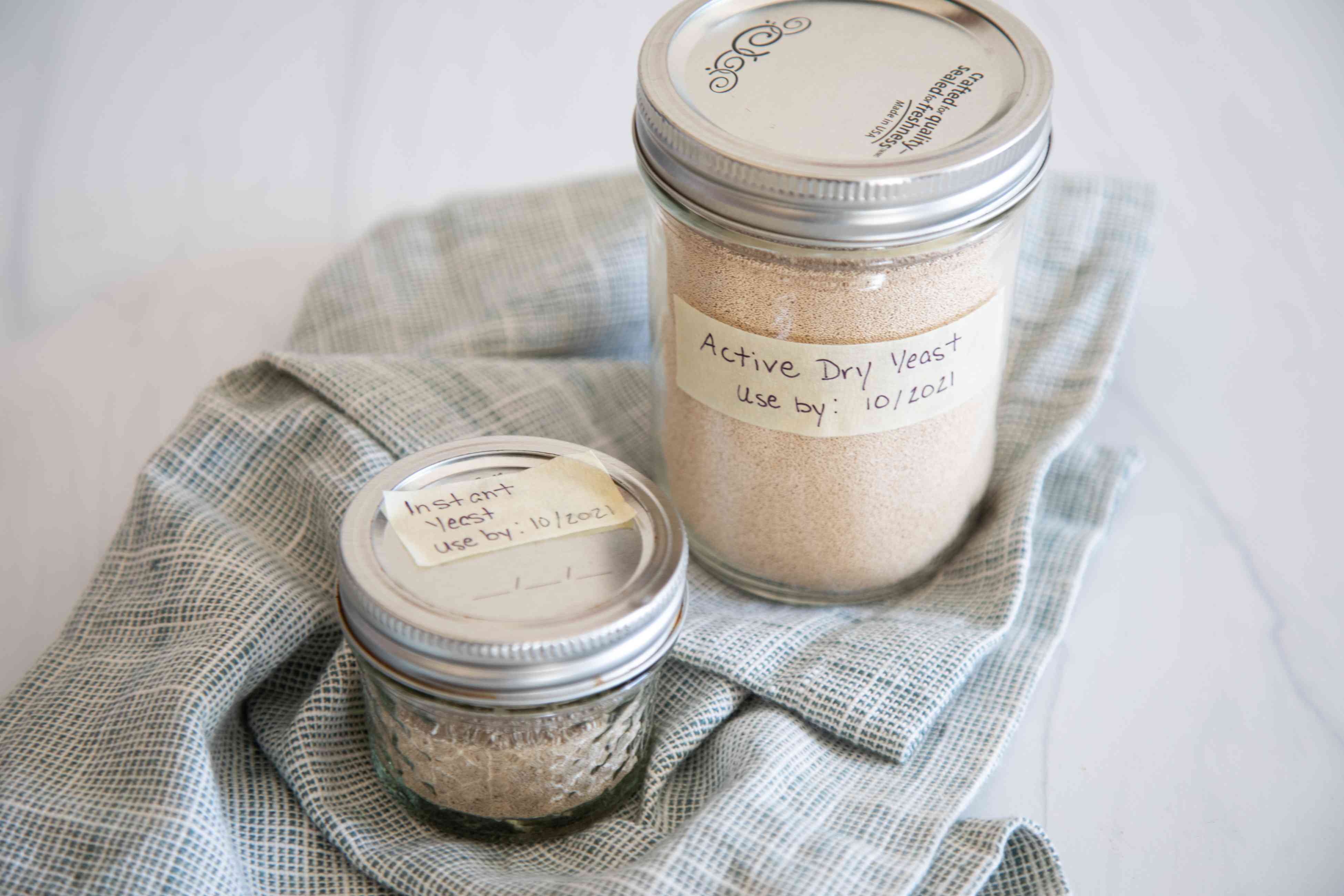
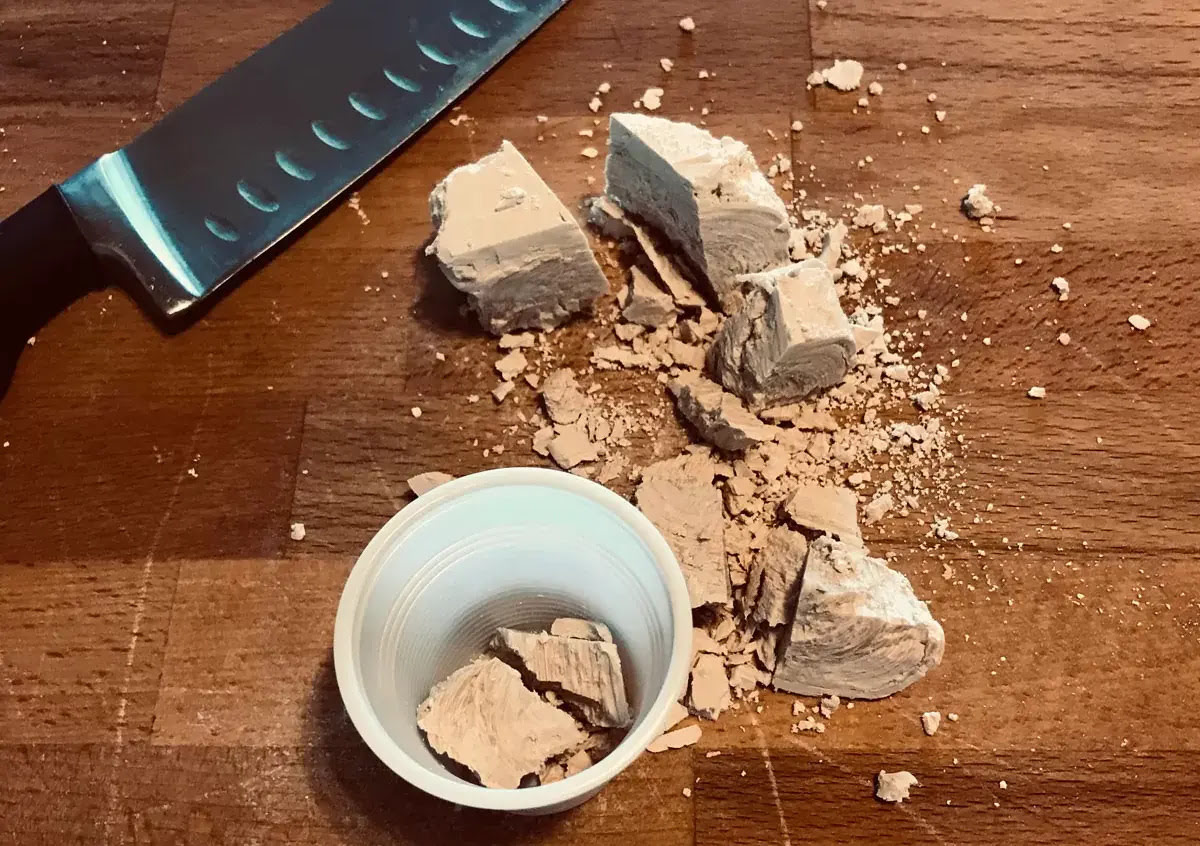
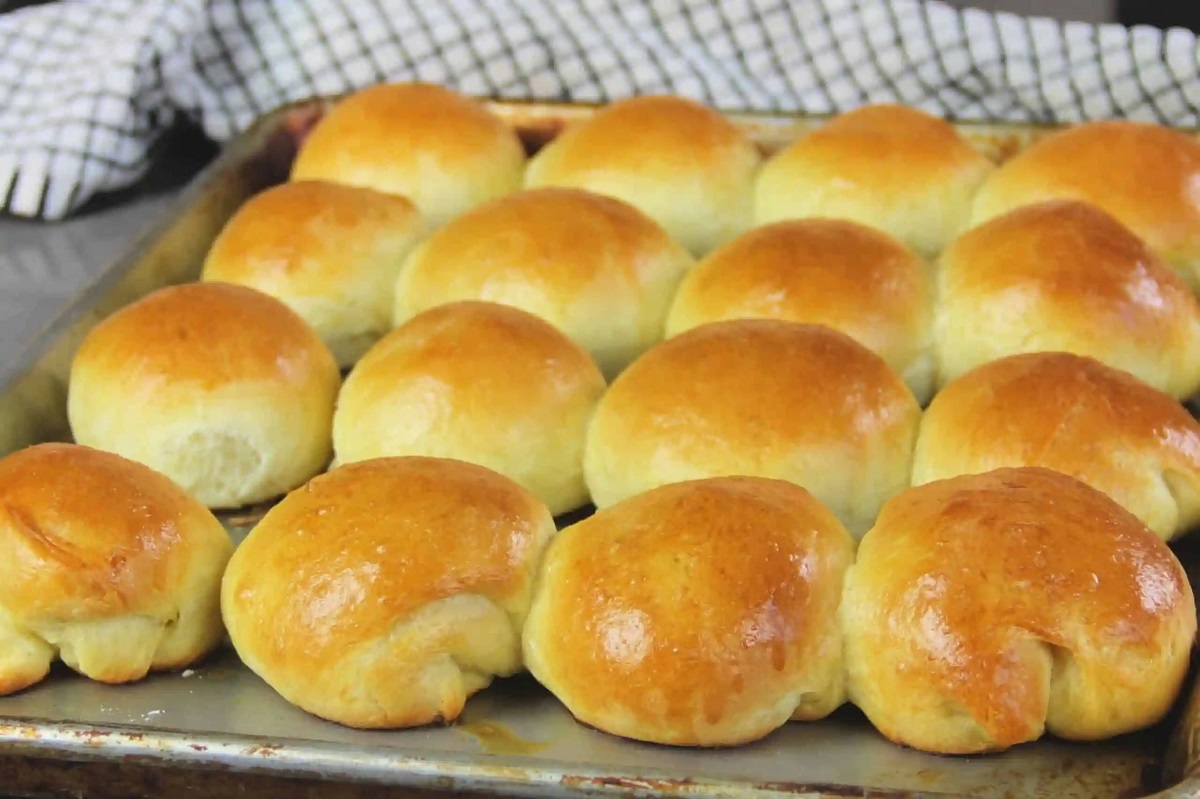
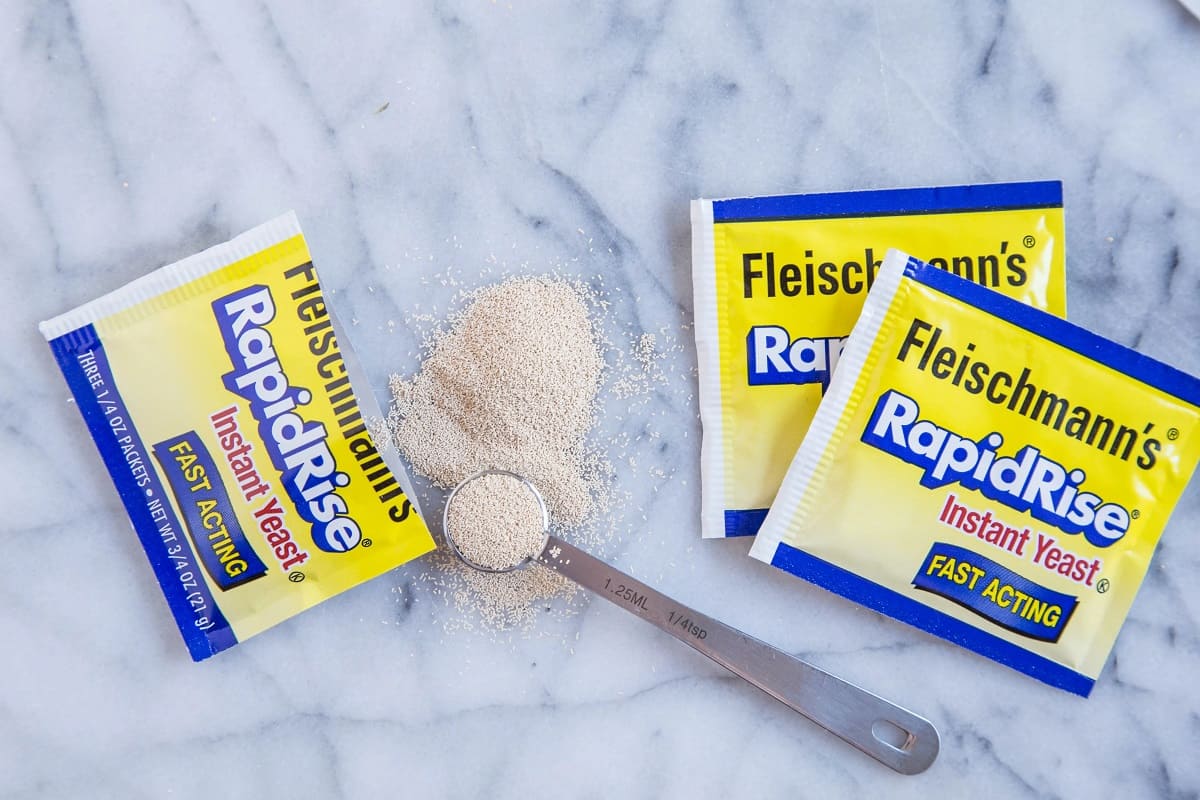
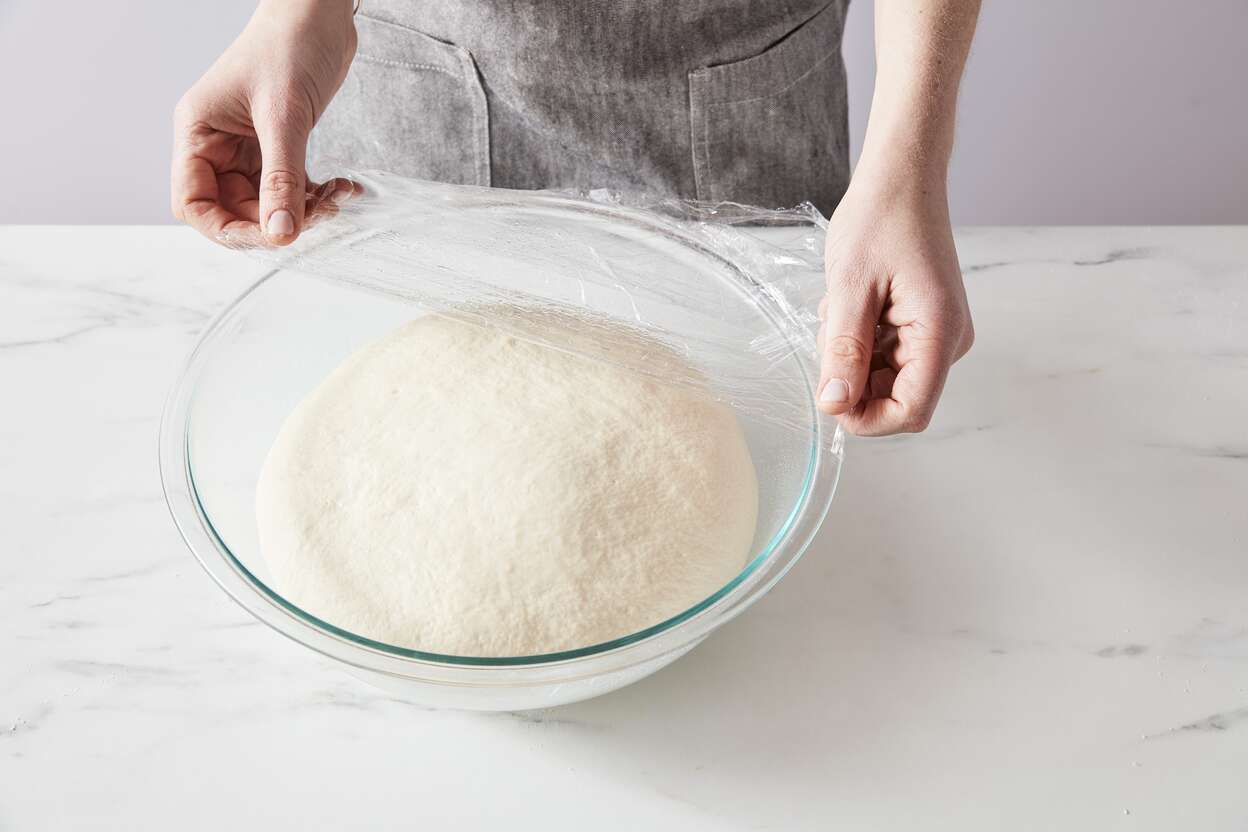
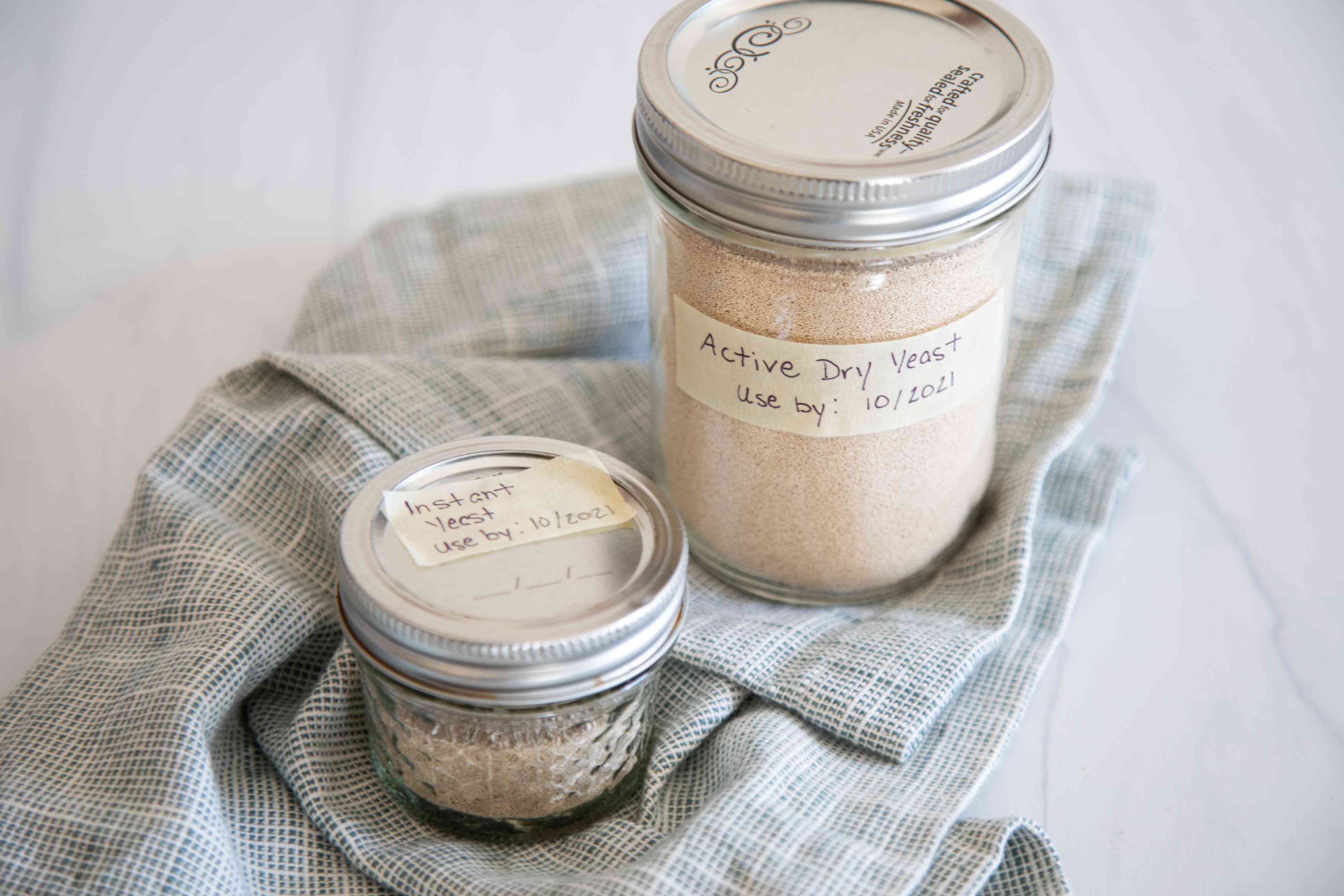
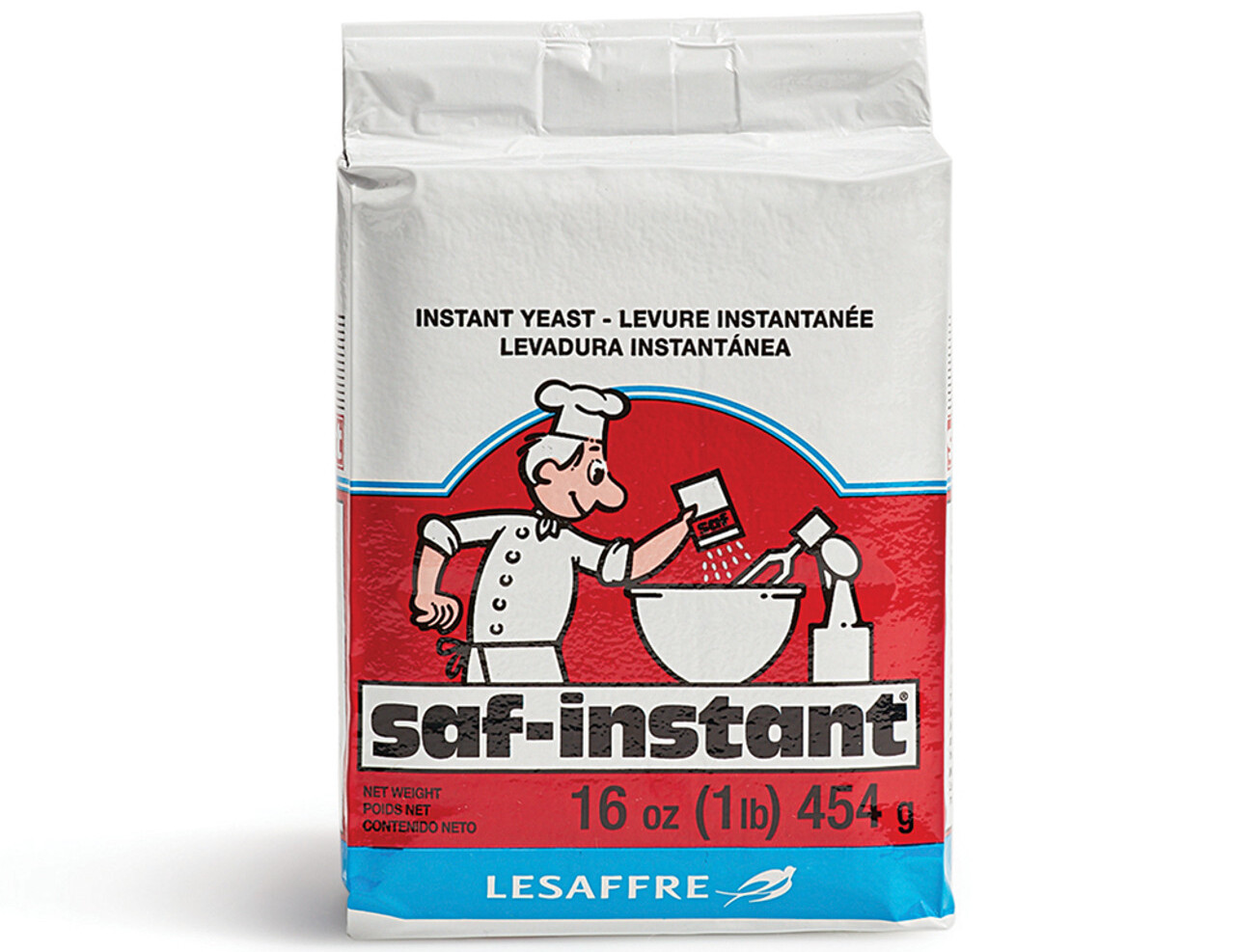
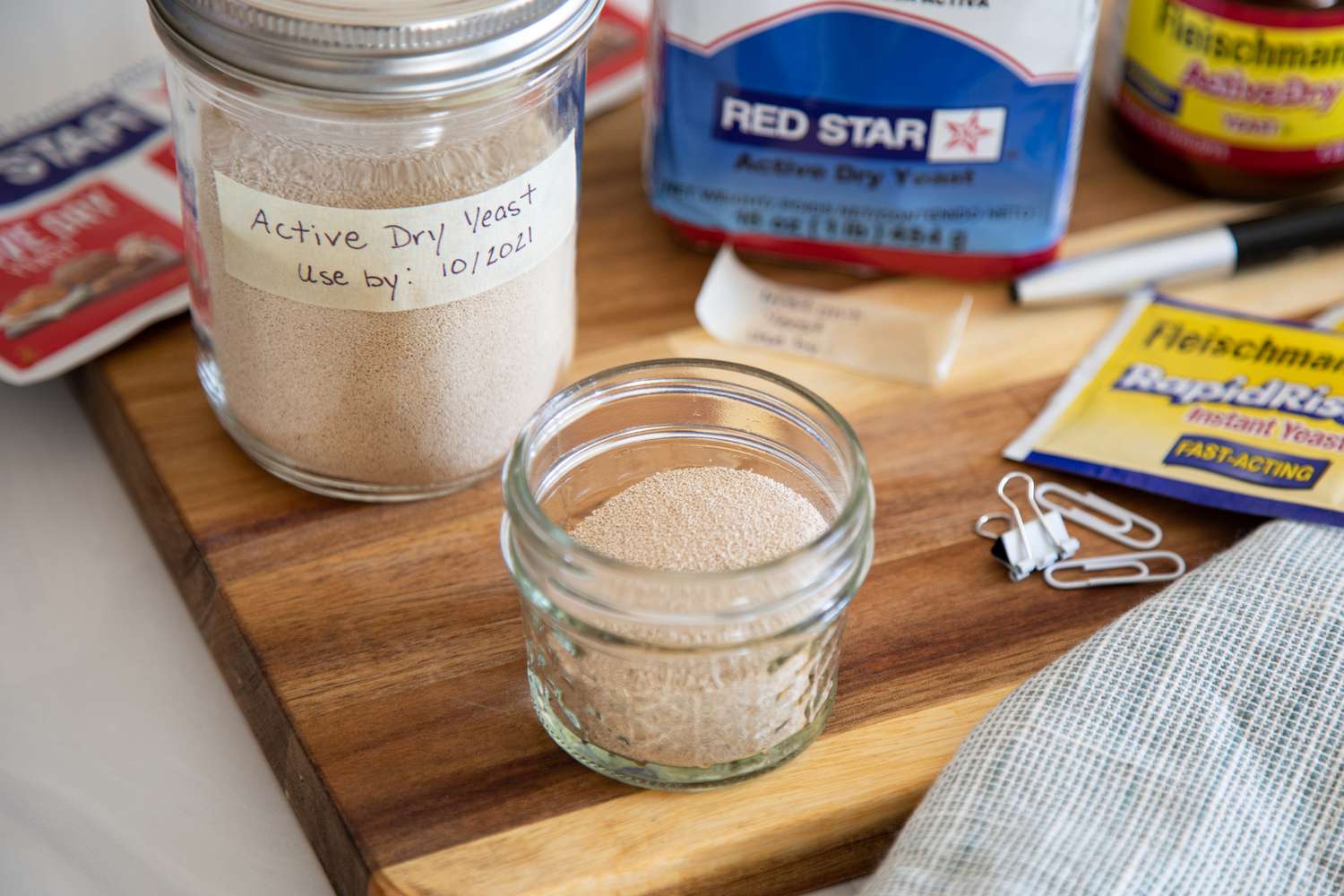
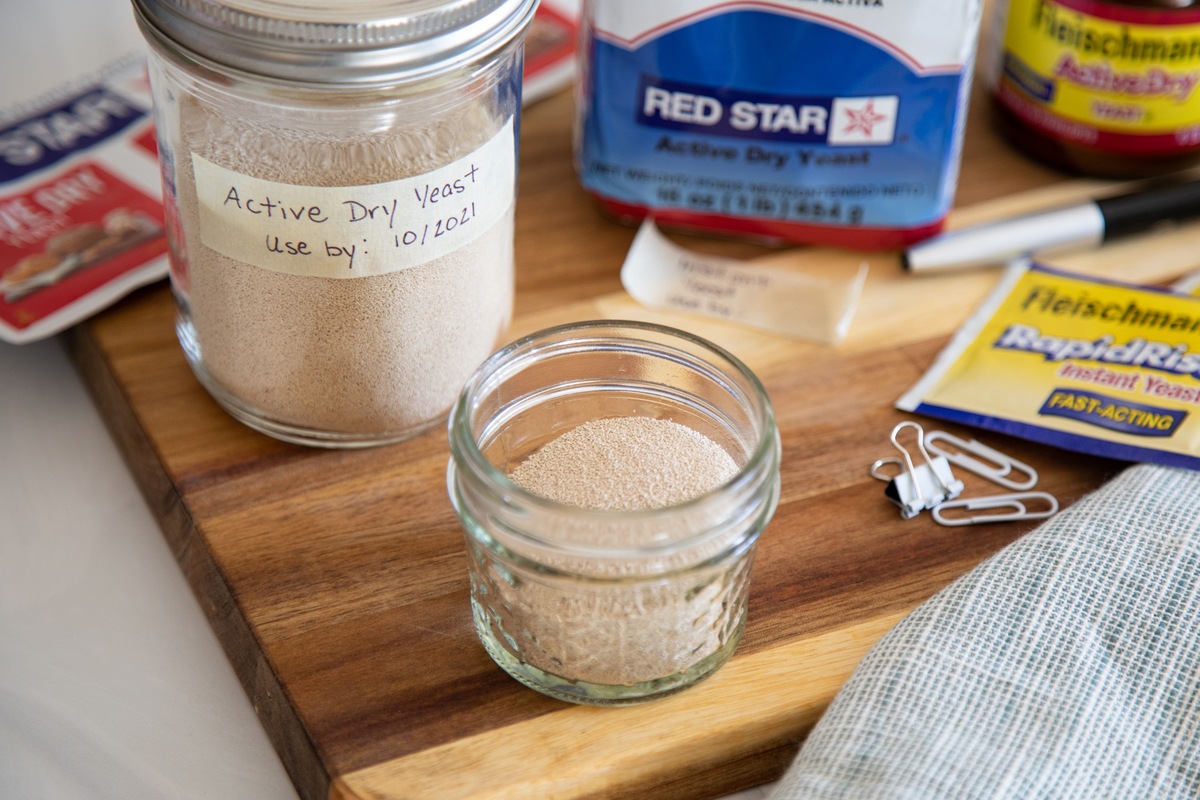
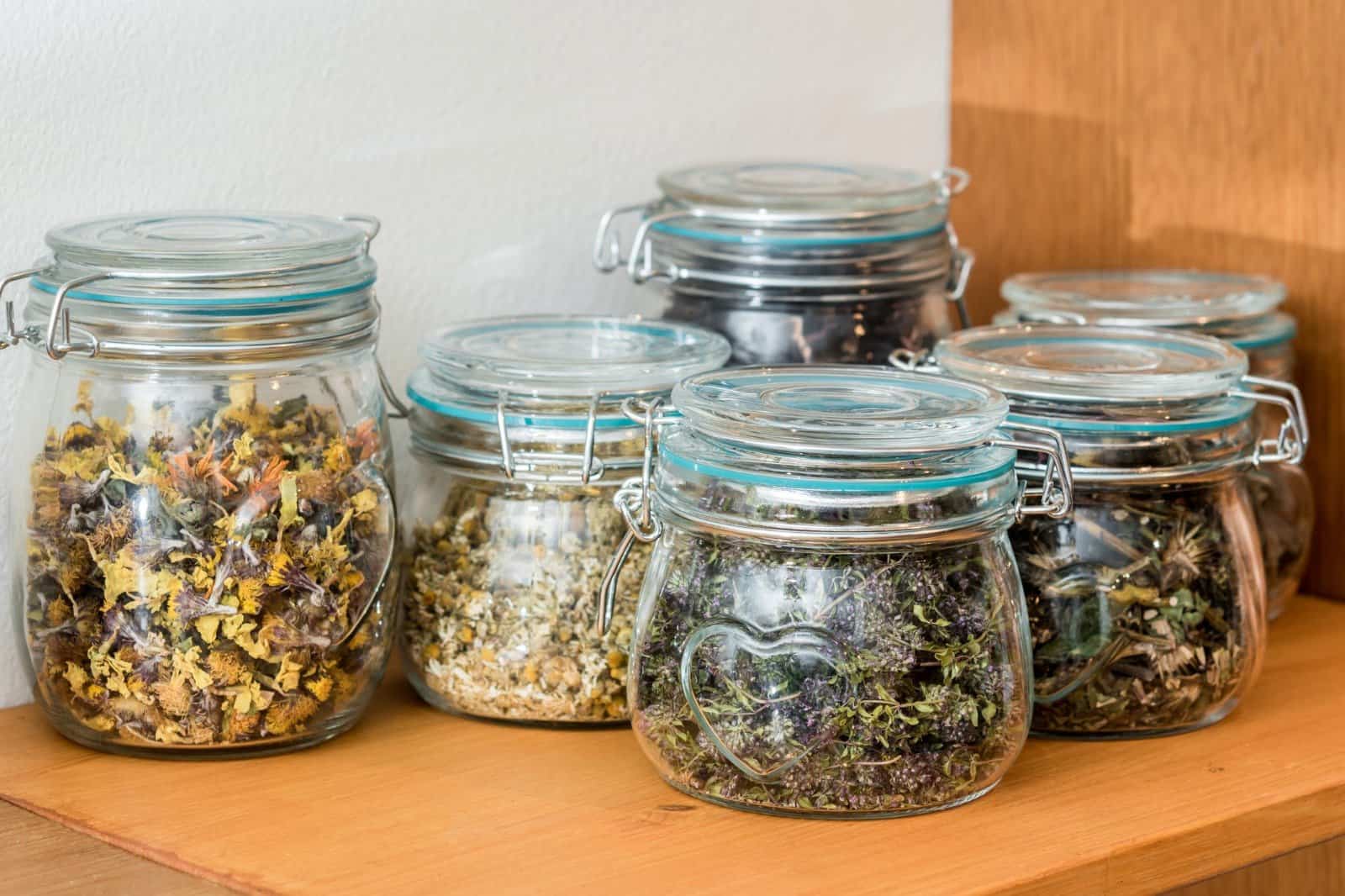

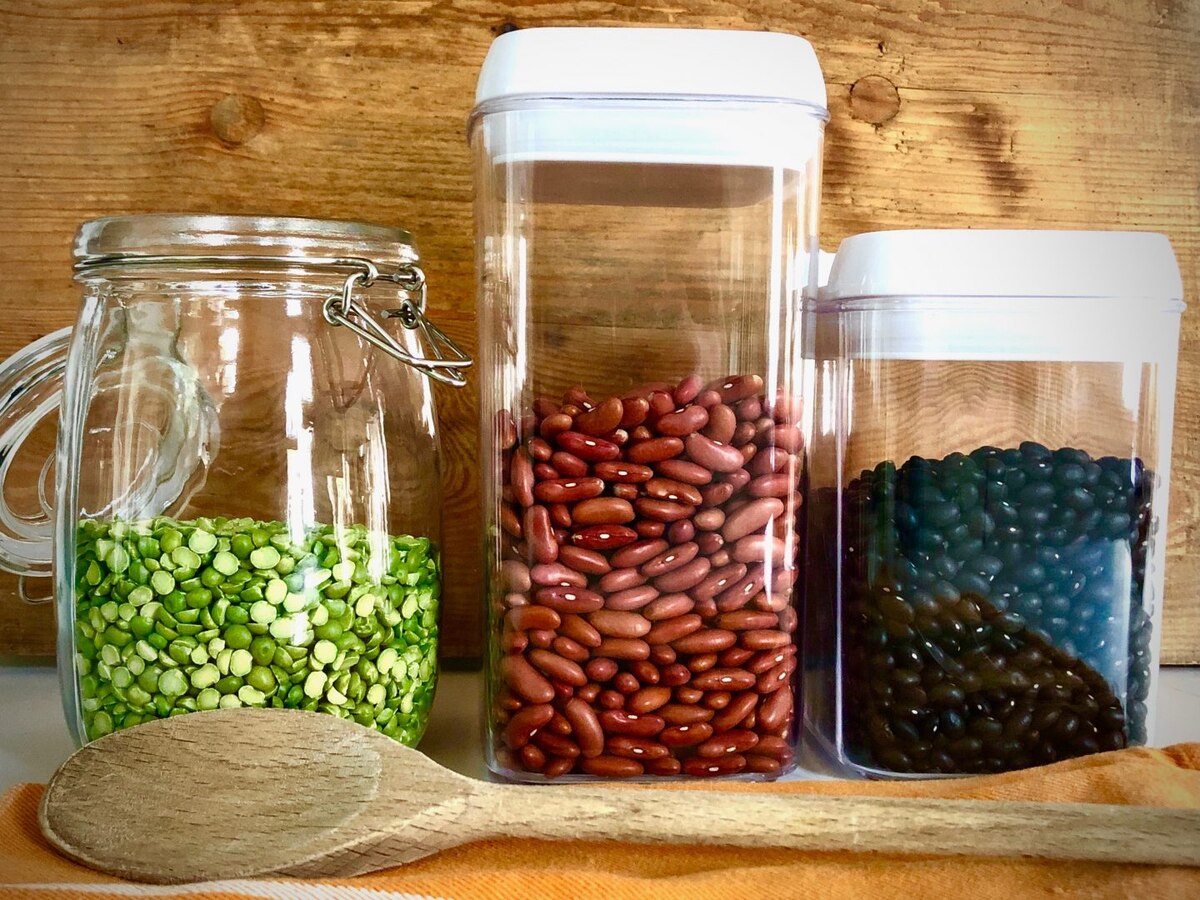


0 thoughts on “How To Store Active Dry Yeast”